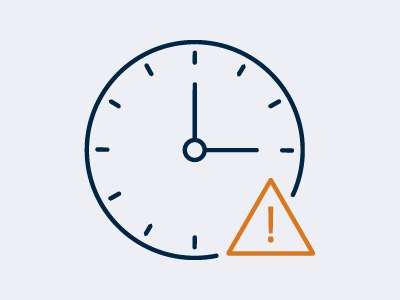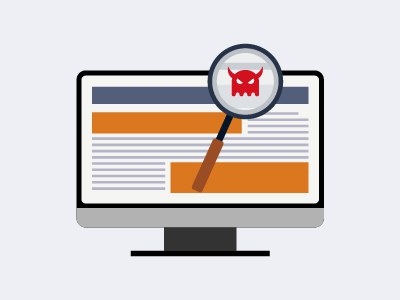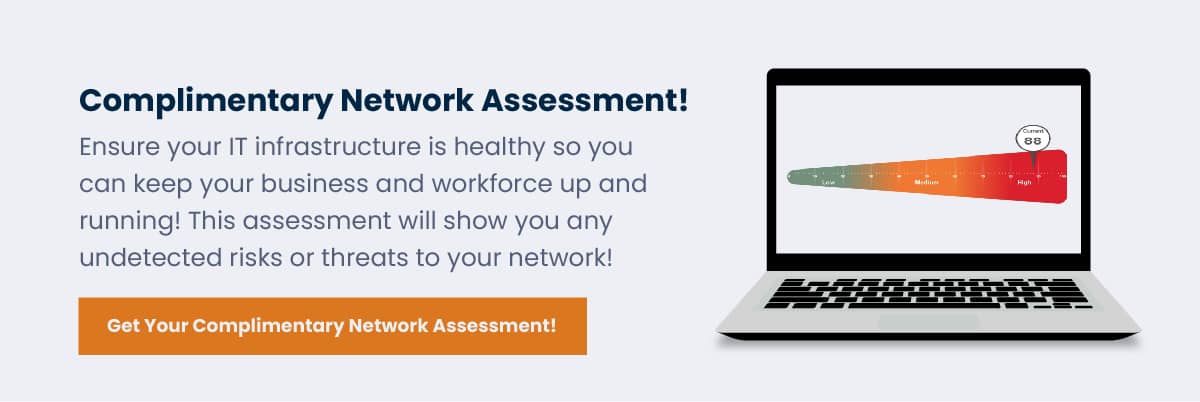4 Signs Your Business Needs An Office Technology Refresh
Cloud Services | Managed IT | Network Infrastructure | Network Security & Cybersecurity
Migrating or completely changing your business technology can be difficult, especially when you have an organization to run.
However, if your business is abiding by a hybrid or remote business model, now may be the perfect time to undertake an office technology refresh in preparation for when everyone comes back to work at the office.
There is a consequence to putting things off. Upgrading your technology and swapping out outdated devices can benefit your overall business operations and the quality of services you offer.
At LDI Connect, we understand how tricky it can be to know which outdated devices are not serving your business needs anymore. We also get the age-old phrase, “If it ain’t broke, don’t fix it.”
But just because your office technology may still work and perform its regular functions doesn’t mean you’re getting the most out of your devices. Your office technology doesn’t just affect your internal team. It also affects the quality of work you’re sharing with clients.
That’s why our team of IT specialists perform a complimentary IT Security Risk Assessment as a first step to evaluate the health and security of your office technology properly.
This article will cover the four signs to look out for that will inform you that your office technology requires a much-needed upgrade. By the end of this article, you will better understand why it’s essential to upgrade your technology and how to tell that your office technology should be changed.
What Are 4 Signs It’s Time To Upgrade Your Business Technology?
If your business is on the fence about whether now is the right time to upgrade and change up your office technology, take a look at the following five signs that indicate it’s time to do an upgrade.
Here are the four signs to keep in mind.
1. Your Company Is Growing
If your company was smaller in operation a few months ago and has steadily grown, your business technology needs have likely changed.

The more your business develops, the greater the need to optimize your current systems.
You can do this by simply adding new devices to your current IT environment or migrating to the cloud and simply adding more users to the subscription plan.
If your company has grown in size, you more than likely need your business technology to reflect the needs and workflow of your employees.
SaaS tools like Microsoft 365 are a great option to help your team stay connected in collaboration and communication efforts; while allowing you to simply scale your subscription up as you see fit.
Implementing scalable cloud solutions can help your business stay one step ahead and keep your team moving in an adaptable direction.
2. Too Much Downtime Affecting Productivity
If your company’s operating system is taking too long to respond, this can affect your output and quality of services.

By too long to respond, we mean upwards of five to ten minutes of downtime waiting for a program to load. Whether downtime is caused by unstable internet connectivity or an outdated operating system may cause slow response time.
Suppose this is occurring on every device within your IT network. In that case, it may be time to involve a managed IT provider or an IT outsourcing company to assess the IT issue at hand.
The longer it takes your company to fulfill its daily operations, the more likely office productivity will decrease. If productivity decreases, your clients may opt for companies with a faster turnaround where they will be serviced quicker.
In business, the quality and efficiency of output are everything. So if your operating system is old and outdated, the more likely it will generate less output and low-quality services. This means it’s time to upgrade and swap out what is no longer serving you.
3. Your Operating System Is Vulnerable To Security Risks
Suppose your network is constantly under attack by hackers or that an MSP assesses your environment and notices that your old technology is vulnerable to security breaches.

In that case, it’s time your business upgraded its technology.
Think of it this way, in most cases, older devices and software are left vulnerable to cyber-attacks because it’s no longer compatible with the latest version of malware protection software.
Cyberattackers are always coming up with new ways to access your systems and get ahold of your confidential data.
Consider swapping out old devices and systems for newer versions that can run more efficiently. Having updated software is important to protect your data and business.
4. Your Business Is Shifting Directions
Is your business looking to switch things up and diversify its technology approach? This may be a sign to refresh your office technology to serve your company’s new vision better.
 A change within your business may look like new goals, objectives. It may even focus on the needs of your employees to enhance workflow.
A change within your business may look like new goals, objectives. It may even focus on the needs of your employees to enhance workflow.
For example, suppose your business has always abided by a traditional business model. Still, from the start of COVID-19, your team of employees has resorted to a remote work model that has worked out quite nicely for your business.
In that case, your company may consider permanently working remotely in the future.
To do that, your team may want to optimize its infrastructure and devote more time to securing your network remotely, especially as each employee continues to work from home.
Is Your Business Ready For a Technology Refresh?
Your business technology is a direct reflection of the quality, quantity, and efficiency of work you put out.
Suppose your business is currently working remotely but is choosing to return to the office in the near future. In that case, it may be time for a technology refresh now that most of your IT equipment may now be outdated or may not serve your current needs.
However, suppose your business’s office technology runs smoothly, with no lag time and no recent security risks. In that case, now may not be the right time to upgrade your technology.
Here at LDI Connect, we work with clients to develop IT and cloud solutions tailored to their current needs and goals. We recommend solutions once we’ve assessed your current environment for security risks and see if there’s any room for improvement.
If your company is interested in ensuring its technology stays secure and operating smoothly; read our article on the top five problems a managed IT provider can help your business solve.
